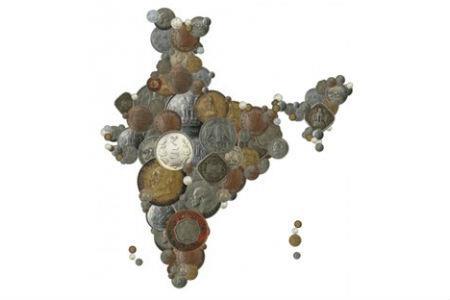Swiss Re forecasts 7.1% growth for the Indian insurance industry between 2024 and 2028, well above advanced or emerging market averages.
Swiss Re has released a positive note about the expected growth of India’s insurance industry.

Over the next five years (2024‒2028), total insurance premiums are forecast to grow by 7.1% in real terms, well above the global (2.4%), emerging (5.1%) and advanced (1.7%) market averages.
The Swiss Re Institute forecasts total premiums will more than double (inflation adjusted) over the next decade (2024-2034), and insurance penetration will increase from 3.8% currently to 4.5% in 2034.
India’s economy has remained resilient and is estimated to expand by 6.7% in 2023, supported by private consumption and fixed investment, the reinsurer said.
Economic growth, an expanding middle class, innovation and regulatory support are driving insurance market growth in India.
“India has made strong progress in developing the insurance sector and there remains significant potential for growth given the country’s low insurance penetration,” said Mahesh Puttaiah, head group economic Sigma research Bangalore, Swiss Re Institute.
India’s Insurance Regulatory and Development Authority of India (IRDAI) has a target that all citizens should have “appropriate life, health and property insurance cover” by 2047 and has announced several initiatives and reforms to this end, Swiss Re observed.
In terms of segment split, Swiss Re noted the life market accounts for about three quarters of total insurance premiums in India and is forecast to grow at an annual average of 6.7% for 2024-2028, while non-life premiums (including health) are expected to expand by an average of 8.3%.
The country continues to be exposed to many natural catastrophes including earthquakes, floods, tropical cyclones, drought and wildfires, with an average annual economic loss of $8bn (inflation adjusted) over the last decade (2013-2022).
However, insurance protection against natural catastrophe risks is low, the Swiss Re Institute emphasised; its resilience analysis indicates that 93% of exposures in India are uninsured.
Challenges to closing this nat cat protection gap, listed by the reinsurer, include: climate change effects; lack of awareness and low perception of risk; poor risk assessment for public sector infrastructure projects; and underwriting challenges.
Managing the risks entail mitigation and also risk transfer solutions, the reinsurer noted. While insurance can help cushion the financial losses, it is necessary to have physical risk mitigation structures in place in the first place.
“India has also made good progress on risk mitigation measures for tropical cyclones, such setting up early warning systems. But there is a long way to go on this front for other hazards, for example floods,” Puttaiah.
“The insurance industry has solutions to help individuals and companies to manage financial losses that result from natural catastrophes, while at the state level, re/insurance solutions can support governments in relief and rehabilitation work, in reinstating crucial services and in the rebuilding of public infrastructure,” he added.










No comments yet